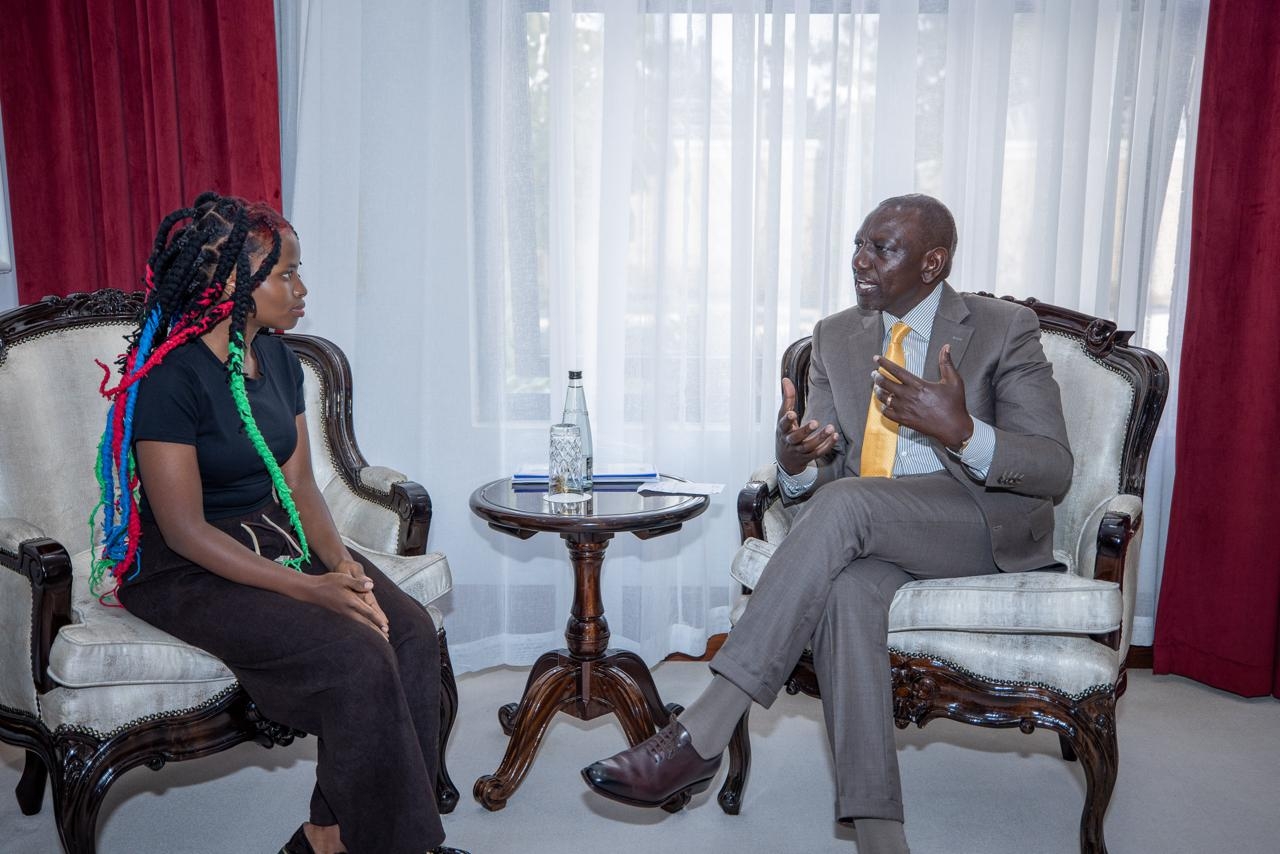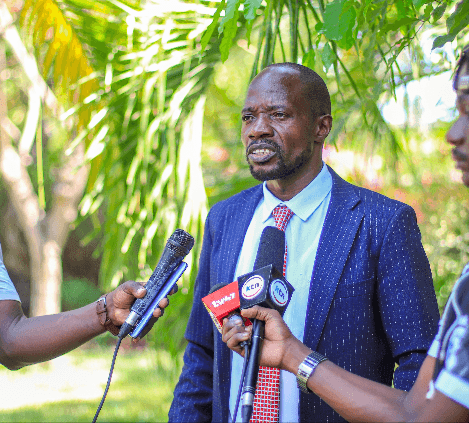 Surgical salary or family life? Studies show many women do not advance to specialised medical training in rates comparable to those of men.
Surgical salary or family life? Studies show many women do not advance to specialised medical training in rates comparable to those of men.
While women now constitute the majority of Kenya’s health workers, that lead evaporates as you move to degree and post-graduate levels.
Specifically, elite medical fields like surgery and dentistry remain male-dominated, revealing a persistent gender imbalance in the country’s healthcare workforce.
According to the 2025 EconomicSurvey, women accounted for 67.2 per cent of graduates from the Kenya Medical Training College (KMTC) in 2023/24, a significant increase from 63 per cent in 2019/20. KMTC offers diploma and certificate courses.
This surge is most evident in
nursing and community health programmes, where female enrolment has soared.
However, this female majority evaporates as you move to the upper echelons of medical training.
Out of 14 health sciences degree programmes last year, female graduates were a majority in just five.
“The total number of graduates
and post-graduates declined by 5.4 per cent to 5,501 in 2024/25, with the
number of males and females being 2,752 and 2,749, respectively,” the Economic
survey said.
Women led in Bachelor of Science in Nursing (812 male, 911female); Medical laboratory sciences (146 male, 166 women); nutrition and dietetics (96 male, 146 female); and physiotherapy (61 male, 70 female).
For the first time since 2020, women were also the majority of graduates of Bachelor of Pharmacy with 165 of them graduating compared to 105 men.
This lead drops in elite degrees
such as dentistry where women were 40 per cent of the graduates last year. This
dipped much lower in medicine and surgery at about 33 per cent.
In surgical specialties at post-graduate level, women comprise only about nine per cent of the workforce, a figure that has remained stagnant since 2015.
This disconnect between general medical training and specialised fields shows that early promise for women is not translating into elite roles.
The disparity is even more pronounced in fields like neurosurgery where, as of 2015, Dr. Susan Karanja became only the second female neurosurgeon in Kenya.
By 2022, out of 39 qualified neurosurgeons in Kenya and 40 in training, only six women were practising with one in training, according to Dr Trizah John, one of Kenya’s female neurosurgeons.
Studies have identified several factors contributing to this imbalance. Male medical students are more likely to choose surgical careers, often citing the prestige and intellectual challenge associated with the field. In contrast, female students tend to prefer specialties like paediatrics, influenced by considerations such as work-life balance and family responsibilities.
“Despite the advancement made globally and locally, female neurosurgeons are still faced with some challenges that contribute to low recruitment and retention,” Dr Trizah says in an article Women Neurosurgeons In Kenya.
She adds: “The challenges of
finding a balance between personal and professional demands since women are
faced with additional responsibilities like child-bearing and family-rearing.
In addition, mentorship and guidance opportunities tend to be limited.”
Kenya’s gender gap within elite medical fields mirrors international trends. A global study of cardiac surgeons – “Women in cardiac surgery: a global workforce analysis”, published in the Cardio Thoracic Surgery journal last year – revealed that women make up just eight per cent of cardiac surgeons worldwide.
This number climbs to about 11 per cent in
North America and 9.9 per cent in upper-middle-income countries, but drops to
under three per cent in East Asia and under two per cent in the Middle East and
North Africa. In Kenya, the trend in high-end specialties is similarly slow-moving.
There is growing evidence that increasing diversity in surgery is not just fair – it saves lives. A recent University of Toronto study analysing more than 700,000 operations across Canada found that teams with at least 35 per cent women in clinical leadership roles had a three per cent reduction in major post-operative complications compared to more male-dominated teams. The findings were published in the British Journal of Surgery.
As study lead Dr Julie Hallet said, “Care was associated with better postoperative outcomes…increasing operating room teams’ sex diversity is not a question of representation or social justice, but an important part of optimising performance”
Why Women Don’t Stick Around Elite Paths
Experts say several barriers are at play. Surgical training is notoriously gruelling and inflexible, making it difficult to pursue while balancing societal expectations and family planning.
Most departments lack female mentors and role models. Globally, women occupy only around 25 per cent of senior healthcare leadership positions, despite making up nearly 70 per cent of the overall workforce . In Kenya, no Level 6 hospital is currently headed by a woman.
In the last ten years, two female Cabinet Secretaries (Sicily Kariuki and Deborah Barasa) were hounded out of office and transferred to ‘less demanding’ ministries while one (Susan Nakhumicha) was sacked.
One Kenyan female surgical trainee, who asked not to be named, shared her experience: “Even at university, some faculty asked whether I ‘had what it takes.’ Later, during rotations, I was often mistaken for a nurse or assistant. That can feel discouraging.”
Institutions like the Council of Surgeons of East, Central and Southern Africa (Cosecsa) and Women in Surgery Africa are already offering scholarships and mentorship as pathways to encourage women in surgical residency.
“Women can only start to
penetrate the surgical workforce once they are safe, healthy, and motivated
enough to do so, in turn depending on the presence of female surgeons to advocate
for their female patients and empower future generations of young girls and
women,” say Isabella Busa and Shobhana Nagraj of Oxford University.
Dr Triza John says increasing the number of female neurosurgeons in Kenya will not only expand the number of women in neurosurgery but more importantly increase the number of the Kenyan population that has access to neurosurgeons.
“This will eventually lead to the
improvement of the quality and access to neurosurgical care in the country and
the region,” she says.
















